Filter News
Area of Research
- (-) Nuclear Science and Technology (7)
- Advanced Manufacturing (4)
- Biological Systems (6)
- Biology and Soft Matter (1)
- Building Technologies (3)
- Chemistry and Physics at Interfaces (4)
- Clean Energy (29)
- Computational Biology (1)
- Energy Frontier Research Centers (6)
- Functional Materials for Energy (6)
- Geographic Information Science and Technology (2)
- Isotope Development and Production (1)
- Materials (43)
- Materials for Computing (1)
- Materials Synthesis from Atoms to Systems (5)
- Materials Under Extremes (4)
- Neutron Science (5)
- Nuclear Systems Technology (1)
- Quantum Condensed Matter (1)
- Reactor Technology (1)
- Supercomputing (11)
- Transportation Systems (2)
Media Contacts

With the production of 50 grams of plutonium-238, researchers at the Department of Energy’s Oak Ridge National Laboratory have restored a U.S. capability dormant for nearly 30 years and set the course to provide power for NASA and other missions.
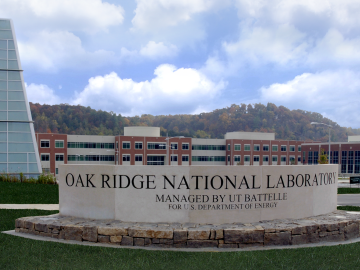
Award-winning author Richard Rhodes, who wrote the book “The Making of the Atomic Bomb,” told an Oak Ridge audience that despite new forms of clean energy being developed, coal is still the world’s primary producer of energy, listing several reasons.
“In a world...
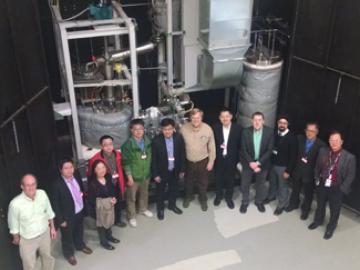
Representatives from the Oak Ridge National Laboratory (ORNL) and the Shanghai Institute of Applied Physics (SINAP) are meeting at ORNL this week as part of an agreement between the two institutions to work together on the advancement
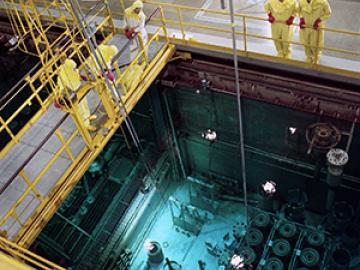
The High Flux Isotope Reactor, or HFIR, now in its 48th year of providing neutrons for research and isotope production at the Department of Energy’s Oak Ridge National Laboratory, has been designated a Nuclear Historic Landmark by the American Nuclear Society (ANS).
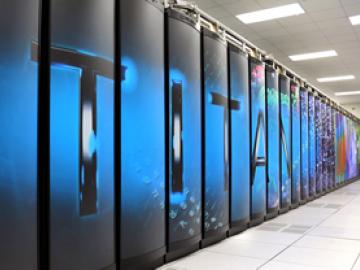
A team representing Westinghouse Electric Company and the Consortium for Advanced Simulation of Light Water Reactors (CASL), a Department of Energy (DOE) Innovation Hub led by Oak Ridge National Laboratory (ORNL), has received an International Data Corporation HPC Innovation Excellence Award for applied simulation on Titan, the nation’s most powerful supercomputer, which is managed by the Oak Ridge Leadership Computing Facility at ORNL. s

Oak Ridge National Laboratory researcher John Wagner has been named a 2013 recipient of the Department of Energy’s Ernest Orlando Lawrence Award for his work in advancing computer, information and knowledge sciences.
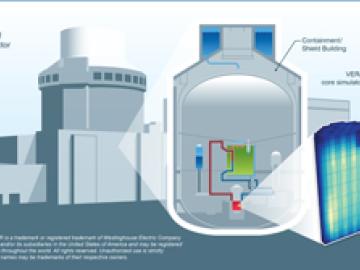
Scientists and engineers developing more accurate approaches to analyzing nuclear power reactors have successfully tested a new suite of computer codes that closely model “neutronics” — the behavior of neutrons in a reactor core.




